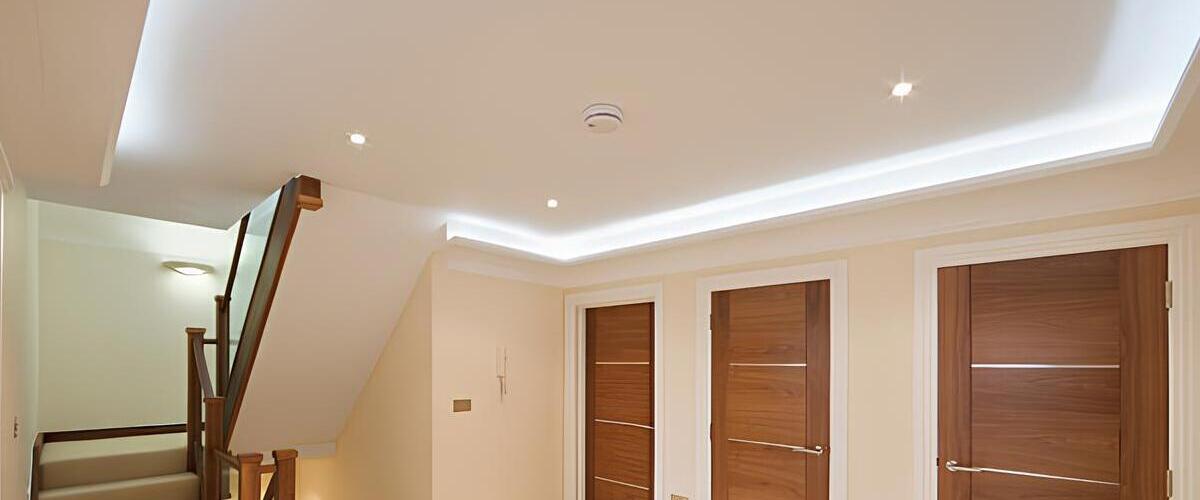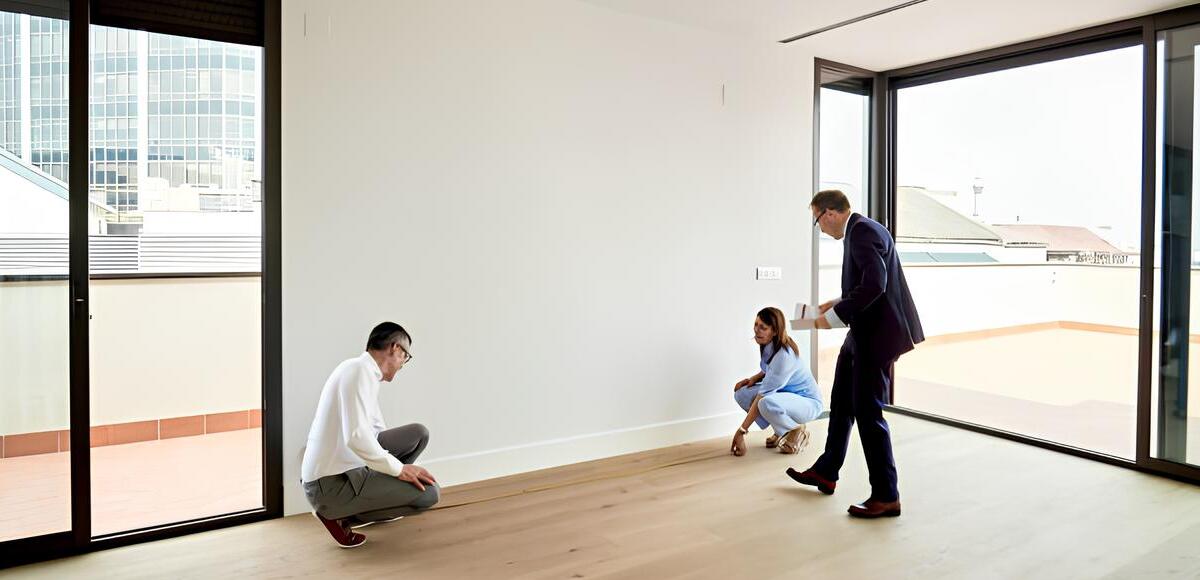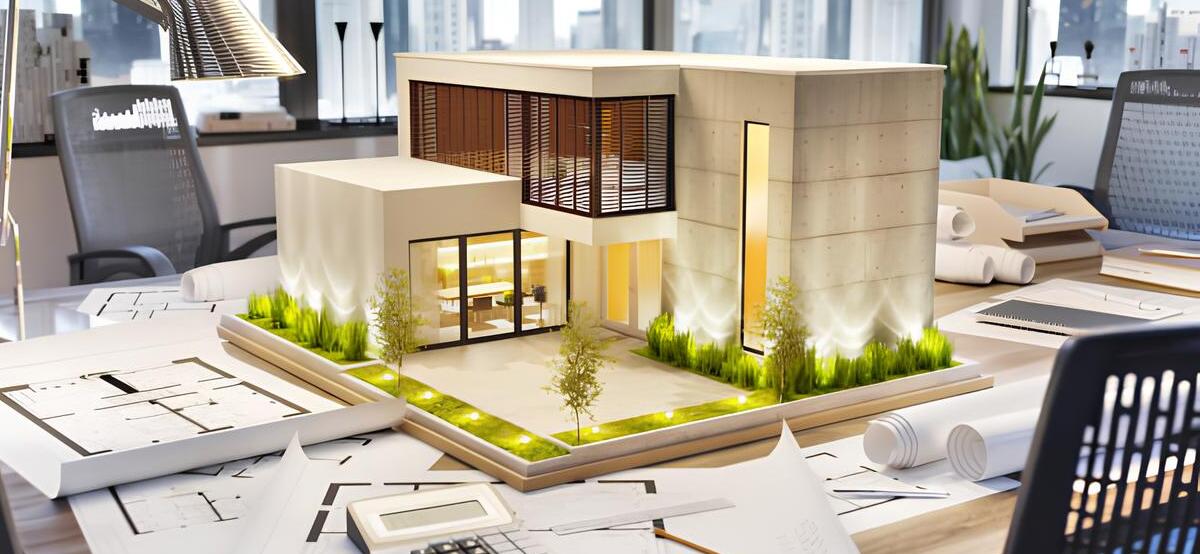Determining the ideal number of recessed lights for a space is crucial to achieve optimal lighting and create the desired ambiance. This comprehensive guide aims to provide step-by-step instructions to help homeowners calculate the appropriate number of recessed lights based on various factors such as room size, lighting requirements, energy efficiency, design considerations, and other relevant factors.

TABLE OF CONTENTS
- Step 1: Assess the Purpose and Function of the Space
- Step 2: Measure the Room Size
- Step 3: Determine the Recommended Spacing
- Step 4: Consider Ceiling Height and Lighting Design Techniques
- Step 5: Calculate the Number of Lights
- Step 6: Adjust for Personal Preference, Lighting Intensity, and Energy Efficiency
- Step 7: Account for Design Considerations and Troubleshooting
- Step 8: Seek Professional Advice
- Additional Factors to Consider
- Conclusion
step 1Assess the Purpose and Function of the Space
- Determine the primary purpose of the room: general lighting, task lighting, or accent lighting.
- Consider the activities that will take place in the room and how lighting can enhance functionality.
General lighting provides overall illumination to a room and is typically achieved through ceiling-mounted fixtures such as recessed lights or chandeliers. The goal of general lighting is to create a comfortable, well-lit environment for everyday activities such as socializing, relaxing, or reading.
Task lighting provides focused illumination for specific activities such as reading, cooking, or applying makeup. Task lighting is typically achieved through desk lamps, under-cabinet lighting, or pendant lights. The goal of task lighting is to provide sufficient light for the activity at hand, while minimizing eye strain or shadows.
Accent lighting is used to highlight specific features in a room such as artwork, architectural details, or decorative objects. Accent lighting is typically achieved through spotlights, track lighting, or wall sconces. The goal of accent lighting is to draw attention to the feature being highlighted, creating visual interest and depth.
When designing a lighting scheme, it's important to consider the activities that will take place in the room and how lighting can enhance functionality. For example, in a kitchen, task lighting is essential for cooking and food preparation, while general lighting is important for creating a welcoming atmosphere. In a home office, task lighting is important for reading and computer work, while accent lighting can be used to highlight artwork or decorative objects. By considering the primary purpose of the room and the activities that will take place in it, a lighting scheme can be designed to meet the specific needs of the space.
step 2Measure the Room Size
- Measure the length and width of the room using a tape measure.
- Take into account the shape of the room, as this may affect the lighting design.
- Multiply the length by the width to calculate the total square footage of the room.
The Basic Steps for Measuring the Size of a Room
If you're unsure how to measure a room, I recommend checking out the detailed explanation provided by WikiHow.
- Gather your tools: You'll need a tape measure, a pen or pencil, and a sheet of paper. If you want to measure more accurately, you can use a laser distance meter or measuring tools.
- Determine your starting point: Typically, you'll start measuring from one corner of the room. If your room isn't a regular rectangle, it's best to start from the longest side.
- Measure the length of the room: Place the tape measure at the starting point and extend it to the opposite corner of the room, and record the length. If you're using a laser distance meter or measuring tool, just point it to the opposite corner of the diagonal.
- Measure the width of the room: Place the tape measure at the starting point and extend it from one side of the room to the other, and record the length. If you're using a laser distance meter or measuring tool, just point it to the other side of the diagonal.
- Measure the height of the room: Place the tape measure on the floor or carpet and extend it vertically to the ceiling, and record the height. If you're using a laser distance meter or measuring tool, just point it at the intersection between the wall and ceiling.
- Record your measurements: Write down your measurements on paper, noting the length and height of each measurement. If you're using a laser distance meter or measuring tool, you can save the results on the device or transfer them to your computer.
- Calculate the area and volume of the room: Based on your measurements, you can calculate the area and volume of the room. To calculate the area of the room, you can multiply the length and width; to calculate the volume of the room, you can multiply the area and height.

Confirm the room shape: Before measuring the length and width of the room, it's important to confirm the shape of the room in order to measure it correctly. If the room has an irregular shape, it needs to be divided into several rectangular or square areas, and each area needs to be measured separately and the results added up.
Measure accurately: When using a tape measure to measure the length and width, make sure the tape measure is flush against the wall and pulled taut, to avoid measurement errors. Additionally, try to measure the length and width of the room as accurately as possible to ensure the calculated area is accurate.
step 3Determine the Recommended Spacing
- For general lighting, aim for uniform illumination throughout the room. Use the general guideline of one recessed light for every 4 to 6 square feet.
- For task lighting, concentrate lights in areas where specific tasks will be performed, such as over countertops or workspaces.
- For accent lighting, focus on highlighting specific architectural features or decorative elements.
step 4Consider Ceiling Height and Lighting Design Techniques
- Take into account the ceiling height as it can influence the spacing and placement of recessed lights. Higher ceilings may require more lights or lights with a wider beam angle to maintain adequate illumination levels.
- Consider the color and material of the ceiling, as this can affect the light reflection and distribution.
- Explore lighting design techniques, such as layering, color temperature, and dimming options, to create depth and enhance the overall lighting effect.
- Take into account the surrounding environment, such as natural light sources and ambient light levels, when planning the lighting design.

Light-colored ceilings reflect light more easily and can help to distribute light more evenly. Therefore, when selecting a lighting scheme, it's important to consider the color and material of the ceiling to ensure a more even and comfortable lighting effect.
For example, if the ceiling of a room is white, softer lighting can be considered to create a cozier and more comfortable atmosphere. On the other hand, if the ceiling is black or dark, brighter lighting can be used to compensate for the lack of light reflection.
In addition, the material of the ceiling can also affect the lighting effect. Smooth ceiling surfaces reflect light better, while rough surfaces may cause irregular light reflection. Therefore, when selecting a lighting scheme, it's important to consider the material of the ceiling surface to ensure a more even and comfortable lighting effect.
step 5Calculate the Number of Lights
- Divide the total square footage of the room by the recommended spacing determined in Step 3.
- Round the result to the nearest whole number to obtain the estimated number of recessed lights needed.
If a room is 12 feet by 14 feet and you want to provide general lighting with a spacing of 5 feet between each recessed light, you would follow these steps:
- Recommended spacing between each recessed light is 5 feet.
- Total square footage of the room is 12 feet x 14 feet = 168 square feet.
- Divide 168 square feet by 5 feet feet spacing = 33.6. Round to the nearest whole number, which is 34. Therefore, you would need an estimated 34 recessed lights for the room.
It's worth noting that this is just an estimate and the actual number of recessed lights needed may vary depending on the specific requirements of the room and the desired lighting level. Additionally, other factors such as the wattage of the bulbs used, the height of the ceiling, and the color of the walls can also affect the number of recessed lights needed.
step 6Adjust for Personal Preference, Lighting Intensity, and Energy Efficiency
- Consider personal preference regarding lighting intensity and adjust the number of lights accordingly.
- For a brighter ambiance, increase the number of lights slightly. Conversely, reduce the number for a softer or more subdued lighting effect.
- Explore energy-efficient options, such as LED recessed lights, to reduce energy consumption and environmental impact.
The Advantages of LED Lights
- High efficiency and energy-saving: LED lights have high energy utilization efficiency, which can be more than 75% higher than traditional incandescent bulbs. This means that using LED lights can significantly reduce energy consumption and electricity costs.
- Long lifespan: LED lights typically have much longer lifespans than traditional incandescent bulbs, ranging from tens of thousands to even several hundred thousand hours. This means that using LED lights can reduce the frequency and cost of bulb replacements.
- Lower maintenance costs: Due to their longer lifespan, LED lights require less maintenance and replacement costs. Additionally, LED lights have better shock resistance and durability, making them suitable for use in harsh environments.
- Environmentally friendly: LED lights do not contain harmful substances such as mercury, making them more environmentally friendly and reducing waste production and environmental pollution.
- Safer to use: LED lights produce less heat than traditional incandescent bulbs, making them safer and reducing the risk of fire and other safety issues.
- More versatile: LED technology is constantly evolving, so now there are various types of LED lights available, including different shapes, colors, and brightness levels, to meet different needs and requirements.
Here is the Energy Department's explanation of LED lights:

LED is a highly energy-efficient lighting technology, and has the potential to fundamentally change the future of lighting in the United States. Residential LEDs -- especially ENERGY STAR rated products -- use at least 75% less energy, and last up to 25 times longer, than incandescent lighting.
step 7Account for Design Considerations and Troubleshooting
- Take into consideration any architectural features, furniture layout, or obstructions that may affect the placement of recessed lights. For example, special structures like columns, beams, niches, as well as the position and size of furniture, need to be taken into account. Only by considering these factors can the lights be placed in the most effective and aesthetically pleasing way.
- Ensure even distribution of light, avoiding shadows or glare. This can be achieved through careful placement of the lights and use of appropriate bulbs and fixtures. It's worth noting that the number and placement of the lights are key factors in ensuring even distribution of light. If there are too few lights or they are not properly positioned, it can result in areas with too much or too little light, creating shadows or glare.
- Include a troubleshooting section that addresses common challenges, such as wiring or installation issues, along with possible solutions.
step 8Seek Professional Advice
- If unsure or for more complex lighting projects, consult with a professional electrician or lighting designer.
- They can provide expert guidance based on your specific needs and ensure compliance with electrical codes and safety standards.
Additional Factors to Consider
Besides the factors mentioned above, there are other relevant factors that homeowners should take into account when determining the appropriate number and placement of recessed lights. These factors include the shape of the room, the color and material of the ceiling, the surrounding environment, and the use of advanced lighting systems such as smart recessed lighting and remote control options.
When considering the shape of the room, homeowners should take into account any irregularities or unique features that may affect the lighting design. For example, rooms with angled ceilings or alcoves may require additional lights or different placement to achieve the desired lighting effect.
The color and material of the ceiling can also have a significant impact on light distribution and reflection. For example, a white or light-colored ceiling will reflect more light, while a dark-colored ceiling will absorb more light. Homeowners should take this into account when planning their lighting design and adjust the number and placement of lights as needed.
The surrounding environment, including natural light sources and ambient light levels, should also be considered when planning the lighting design. Homeowners should aim for a balanced and cohesive lighting scheme that complements the surrounding environment and creates the desired atmosphere.
Finally, for more advanced lighting projects, homeowners may consider using smart LED recessed lighting systems or remote control options to achieve greater flexibility and customization. These systems allow users to adjust the lighting intensity, color temperature, and other parameters to create a truly personalized lighting experience.

Conclusion
Determining the appropriate number and placement of recessed lights involves considering various factors such as room purpose, size, ceiling height, personal preferences, energy efficiency, design considerations, and additional relevant factors. By following the comprehensive steps outlined in this guide and taking into account these additional factors, homeowners can achieve a well-balanced and effective lighting design in their spaces. Remember, each room is unique, and adjustments may be necessary to meet individual requirements. If unsure or for more complex lighting projects, it is always a good idea to seek professional advice from an electrician or lighting designer.




Share:
How To Install Led Recessed Ceiling Light? The Ultimate Guide